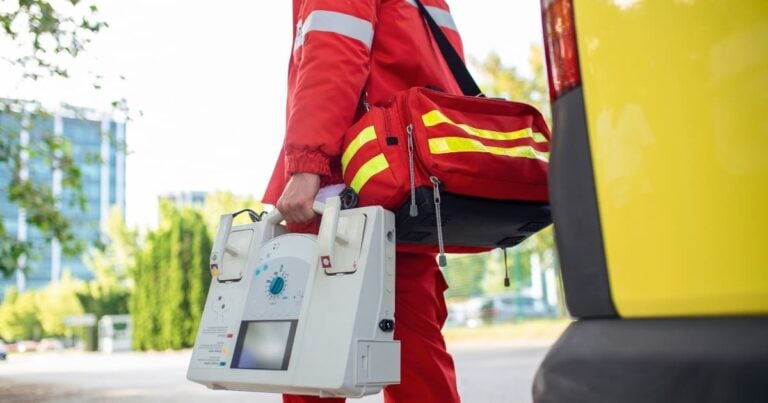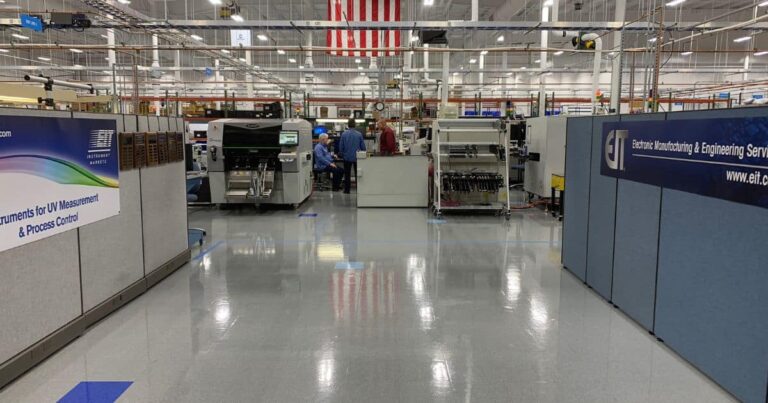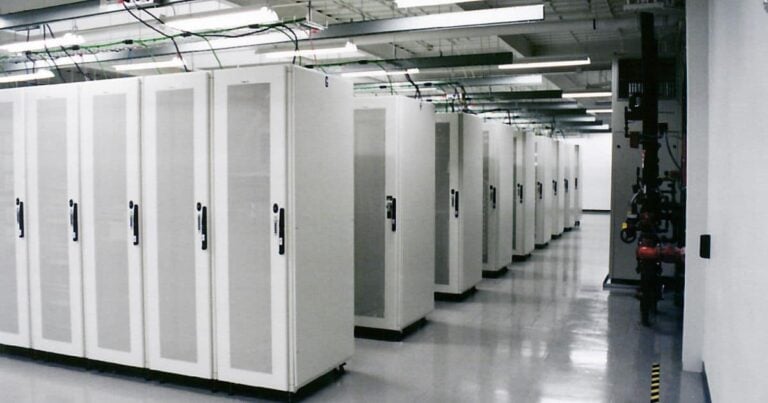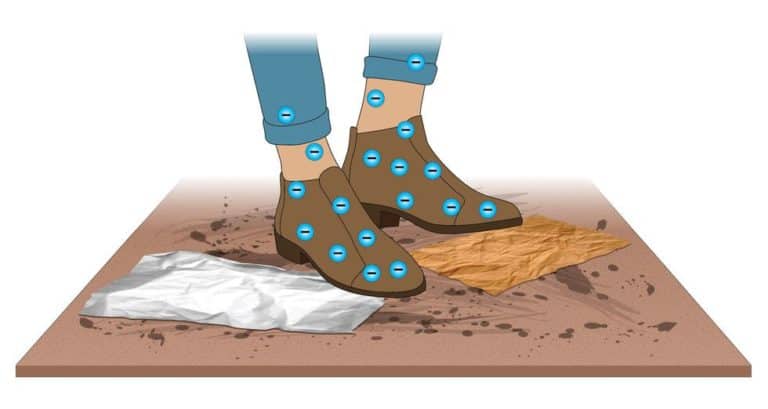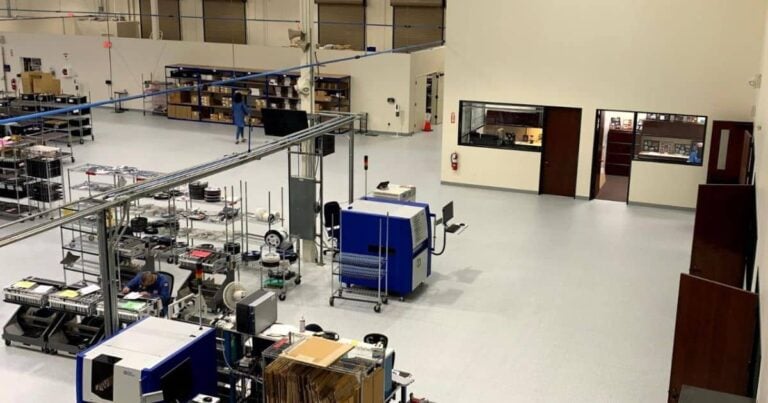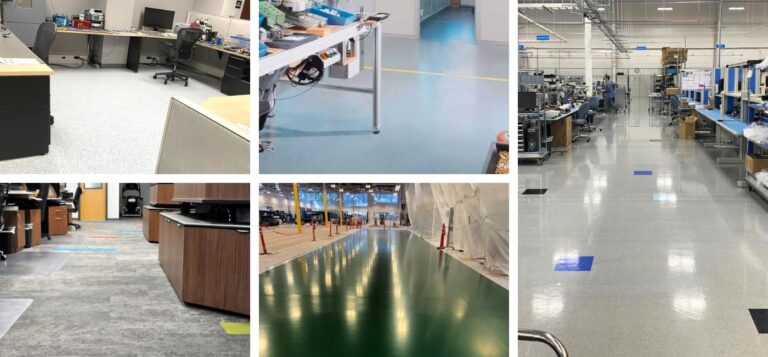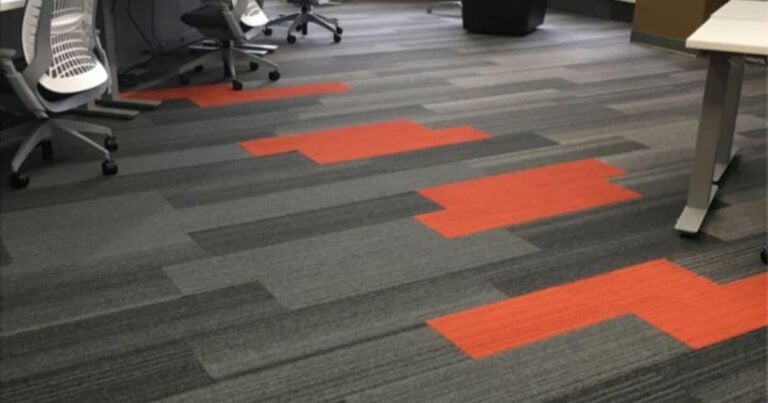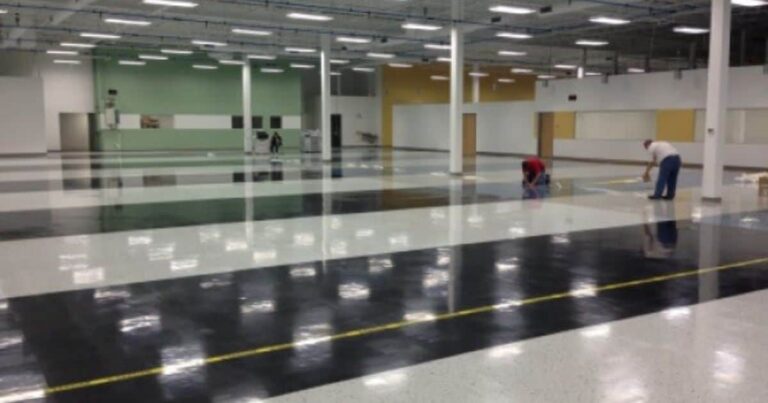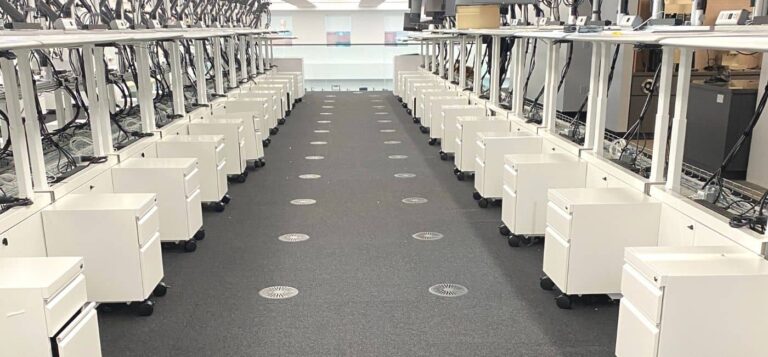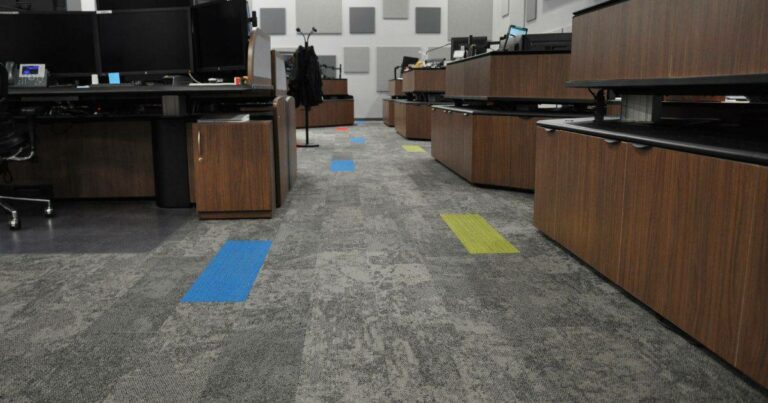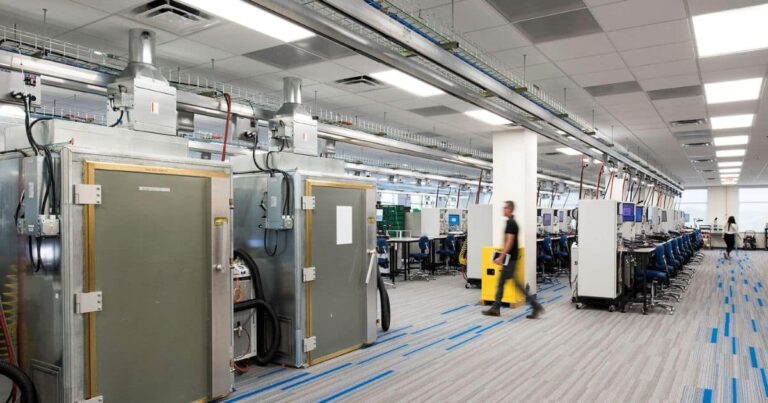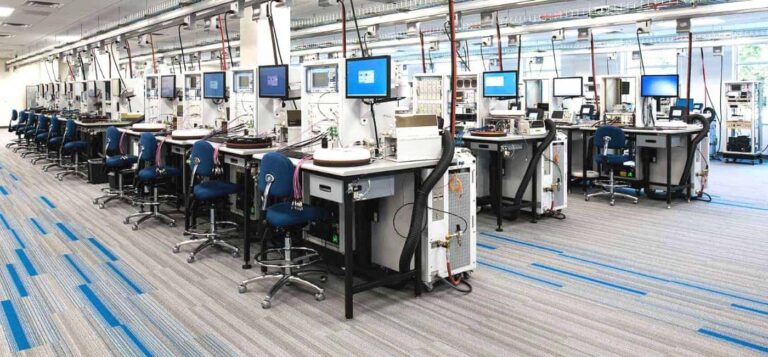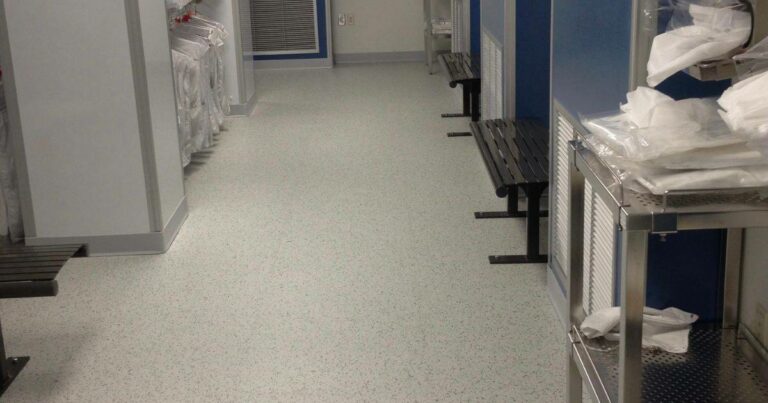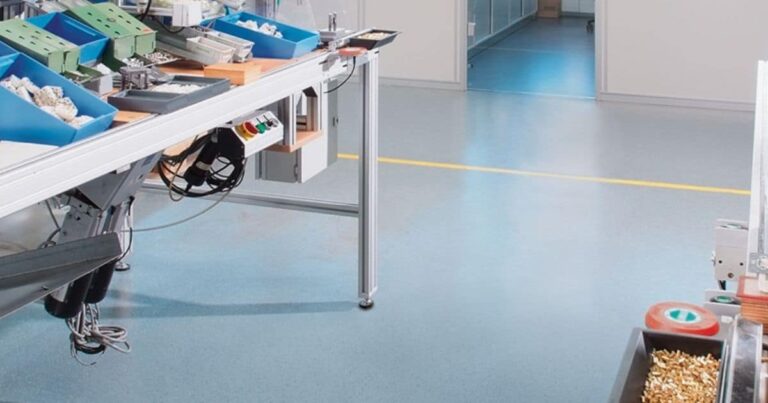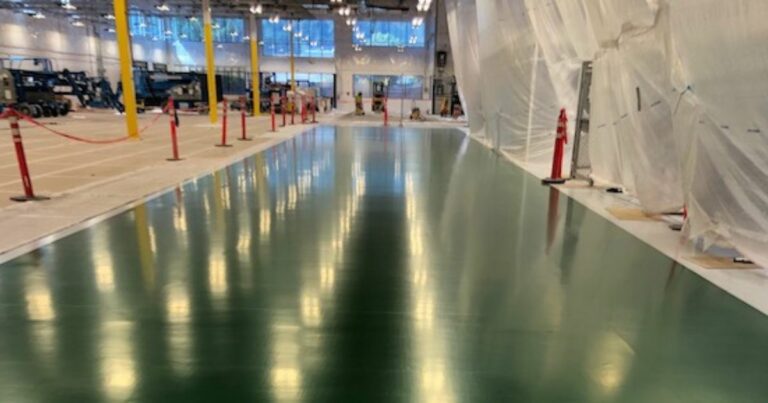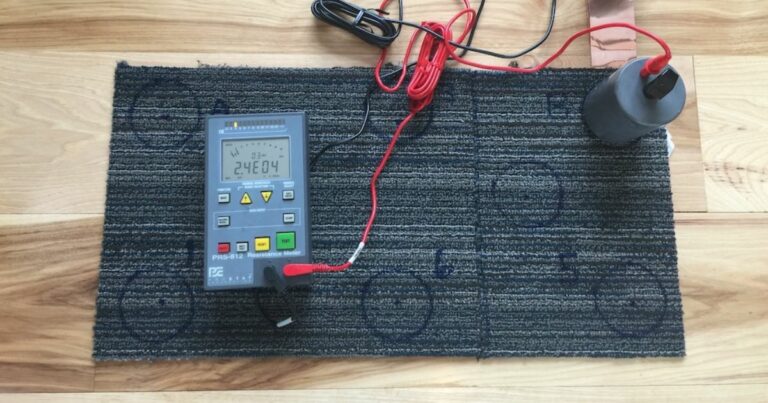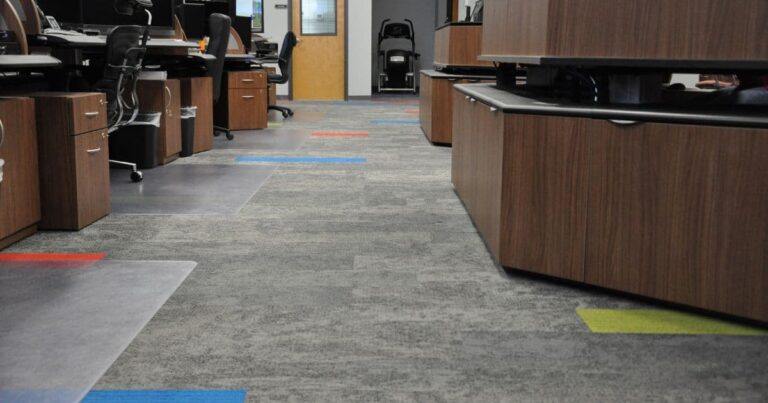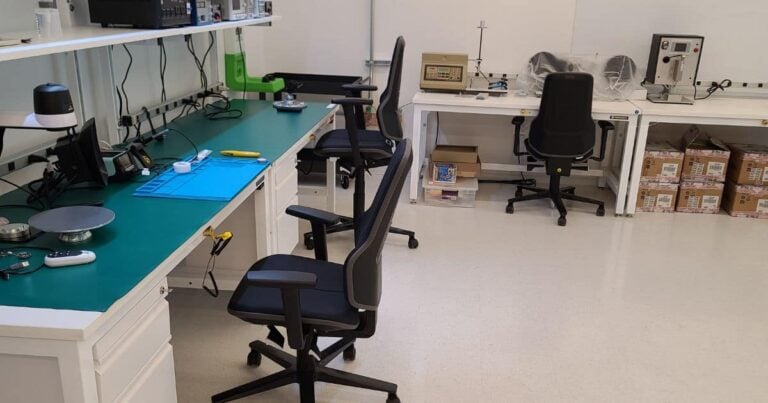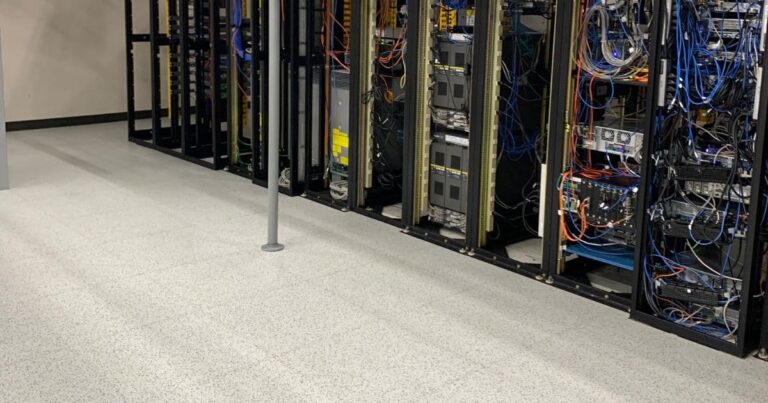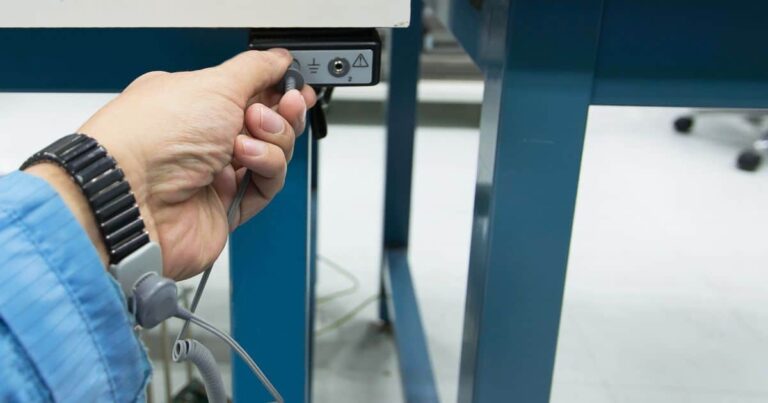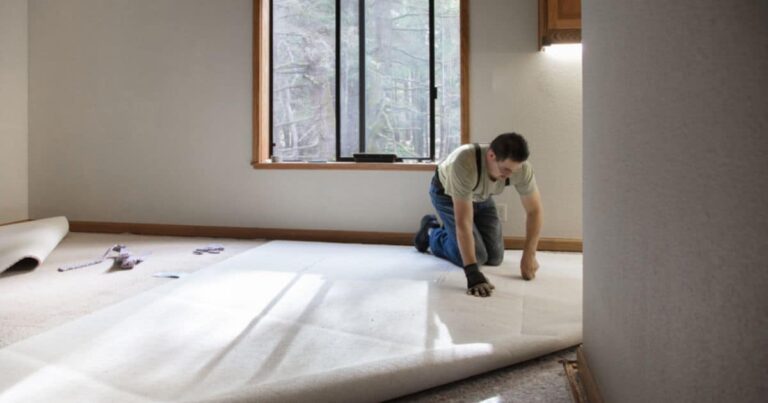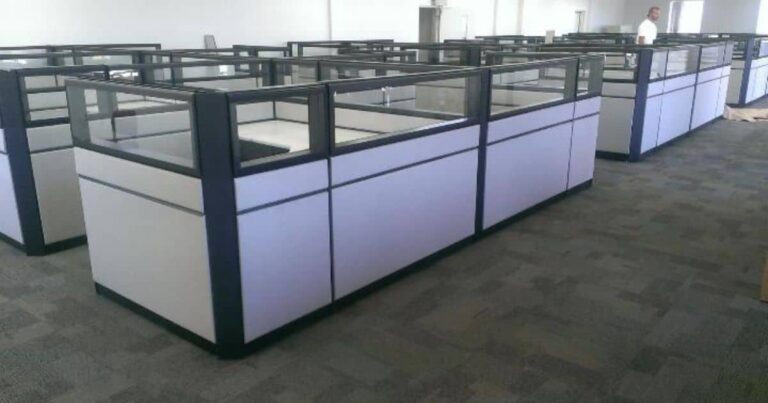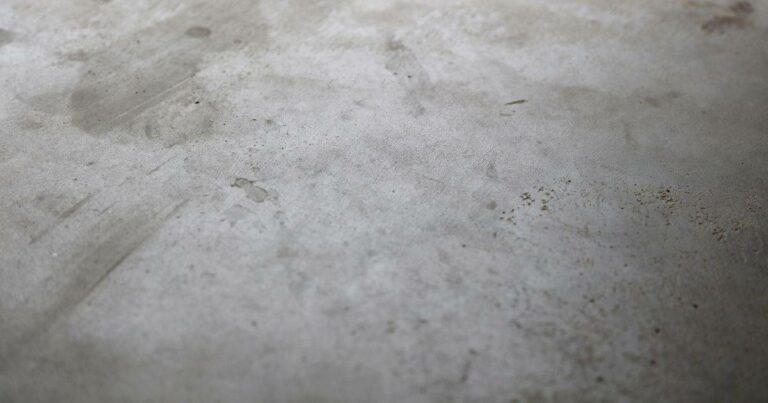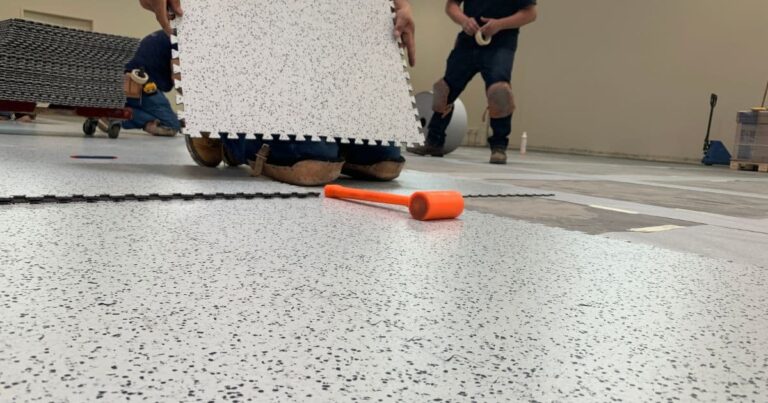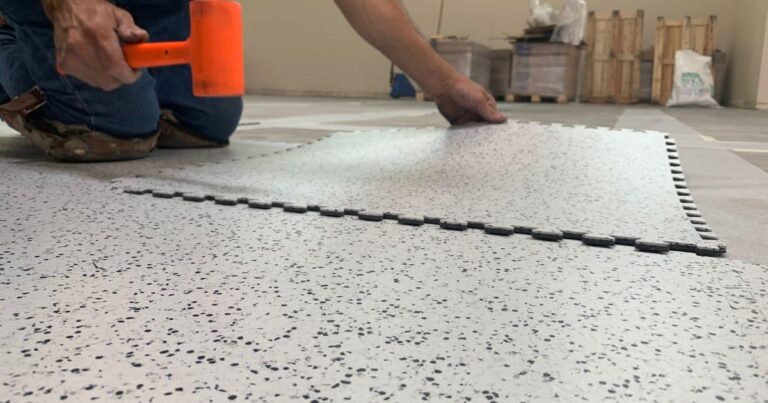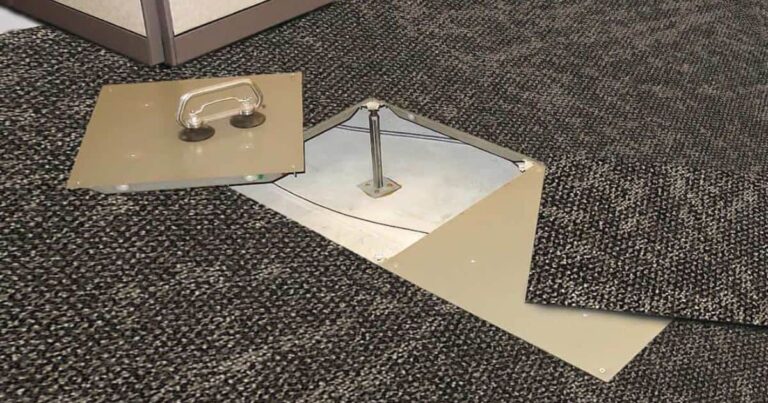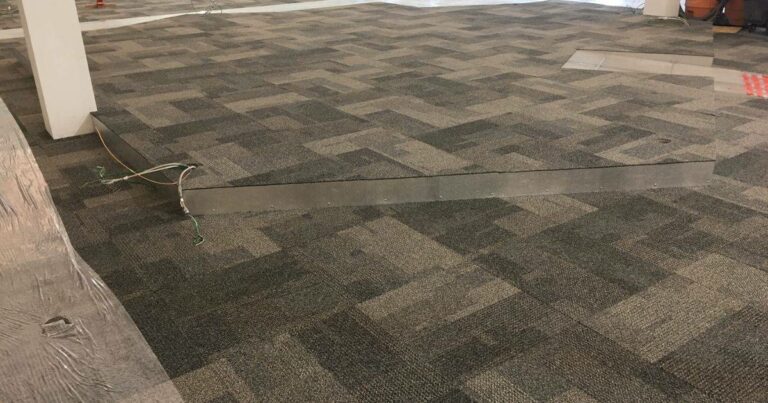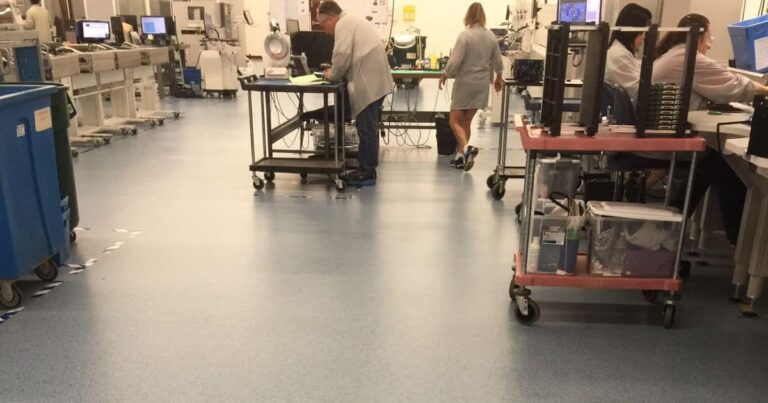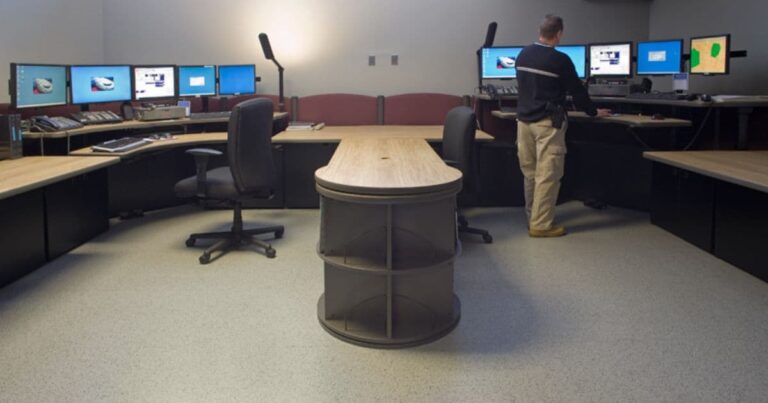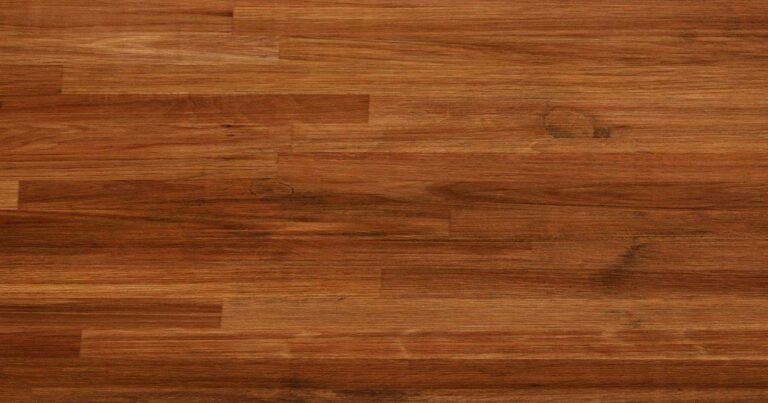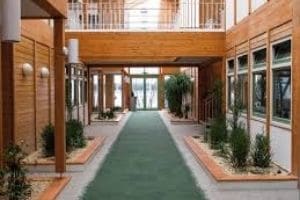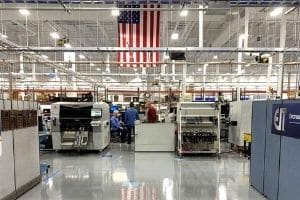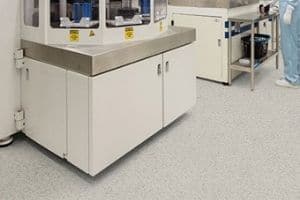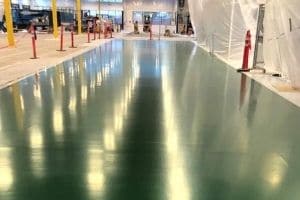FAQ: Does the airflow below an access floor create static electricity?
We have an access floor in our computer room. Cold air flows across cables under the floor. Does the airflow create static electricity? If so, are personnel or hardware at risk?

Static electricity is generated by contact and separation. Airflow creates static only when the air is particulate-laden and the particulates are large, meaning numerous and visible. In sand and dust storms that occur in dry climates, sand and dust particles blow into and away from billboards and plastic signs. Friction between the particulates and the charged surfaces generates static electricity, leaving high charges on the billboards and signs. In these situations, static will cause dust and particles to cling to the billboard or sign.
Remember: it is the particulates, not the air itself, that causes the friction needed to create static charges. Normal air—even air in a typical wind storm—does not contain enough particulates to charge up other surfaces. Like compressed air or the air circulated by a forced hot air system, the cold air (even if very dry) flowing across cables under an access floor cannot generate static and poses no threat of static shock to personnel or hardware walking or standing on the floor.
No, the airflow beneath an access floor poses no static threat whatsoever.
Static electricity is generated by contact and separation. Airflow creates static only when the air is particulate-laden and the particulates are large, meaning numerous and visible. In sand and dust storms that occur in dry climates, sand and dust particles blow into and away from billboards and plastic signs. Friction between the particulates and the charged surfaces generates static electricity, leaving high charges on the billboards and signs. In these situations, static will cause dust and particles to cling to the billboard or sign.
Remember: it is the particulates, not the air itself, that causes the friction needed to create static charges. Normal air—even air in a typical wind storm—does not contain enough particulates to charge up other surfaces. Like compressed air or the air circulated by a forced hot air system, the cold air (even if very dry) flowing across cables under an access floor cannot generate static and poses no threat of static shock to personnel or hardware walking or standing on the floor.
More FAQs
Learning Center Articles
- ESD Basics
- Installation & Maintenance
- Selecting & Specifying an ESD Floor
- Technical Information
- 7 Common Mistakes Selecting an ESD floor
- A Guide to ESD Flooring Selection
- Avoid Costly Failures: What You Need to Know When Specifying ESD Flooring
- Choosing ESD Flooring for:
- ESD Footwear: What Is It and When Is It Necessary?
- ESD Footwear for Electronics Manufacturing and Handling Applications
- Facility Managers’ Guide to Selecting ESD Flooring
- The Need for Due Diligence in Specifying Static-Free Flooring
- Standard of Care for Specifying Floors in Mission-Critical Spaces
- Understanding the Hidden Costs of ESD Flooring

StaticWorx high-performance static-control floors protect electronic components, explosives, and high-speed computers from damage caused by static electricity. ESD flooring is part of a system. Choices should always be based on objective, researched evidence. When you partner with us, we look at all possible items that may need to integrate with the floor, and, focusing on your goals and objectives, help you find the right floor for your application.




